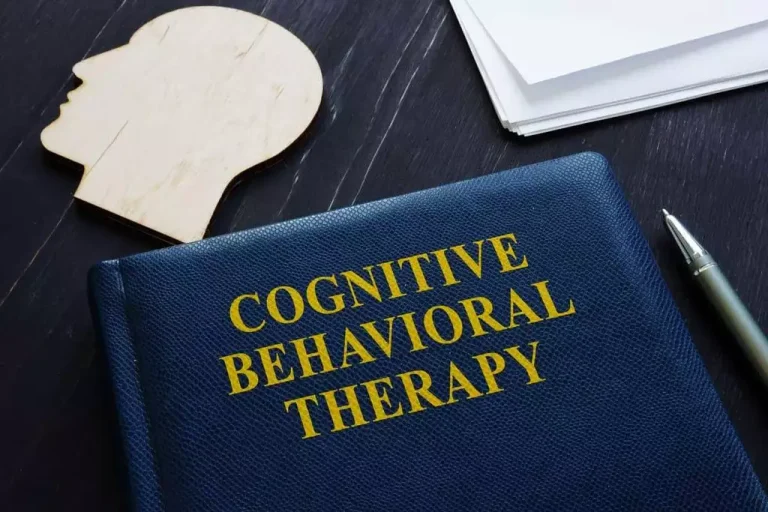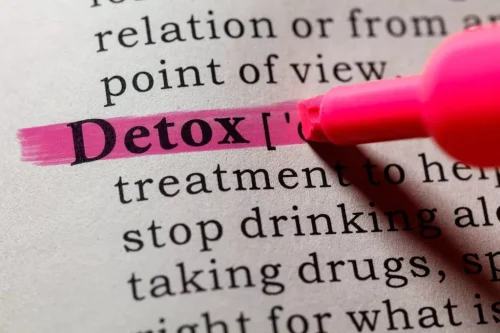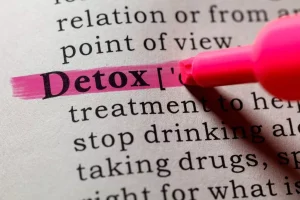
Both involve visual disturbances that can last from minutes to years. But the types are different in the way they come about, how long they last, and how severe they are. While there is no cure for Hallucinogen Persisting Perception Disorder, those individuals who suffer drug addiction treatment from it can find some relief from their symptoms by reducing stress and avoiding substance use.

This theory could also explain why sometimes HPPD can be resolved or decreased by having another psychedelic experience. Evidence not included in our systematic review suggested that low dosages of atypical antipsychotics may be useful, specifically Aripiprazole (5–10 mg/day) 23, also because of its efficacy in substance and alcohol use disorders 74. Researchers are looking into whether brain stimulation may work as a way to relieve HPPD symptoms, but studies are still ongoing. Also called “magic mushrooms,” these psychedelic drugs look just like ordinary mushrooms. Focal epilepsy, a condition that affects the nervous system, causing seizures on one half of your brain that lead to hallucinations, flashing bright lights, or other visual changes.
These are generally considered to be the first line medications for treatment of HPPD. If a person is experiencing visual disturbances, they should speak to their doctor. While these findings are encouraging, they stem from a single case study. Therefore, larger-scale studies are essential to confirm the effectiveness of this approach and potentially incorporate it into future treatment strategies for HPPD.
The various aspects of HPPD are largely self-reported by the patient that is presenting. If a doctor is not sympathetic to a person’s symptoms or does not want to explore HPPD as a diagnosis, then it is a good idea to speak to a different doctor. As a result, it’s important to develop a plan of action to respond when they do. Psychedelic integration therapy can also help people with HPPD make sense, re-address and start to make sense of the experience that triggered their disorder. Many people with HPPD also experience anxiety and depression, and in some cases, suicidal thoughts.

Following episodes, loved ones can help simply by being willing to listen. Talking about the experiences can help a person with HPPD process their own feelings and may reduce anxiety and stress about having the condition. One theory is that taking hallucinogens changes the way the brain processes visual information, causing it to see things incorrectly or superimpose colors, patterns and images over things that exist https://ecosoberhouse.com/article/hallucinogen-persisting-perception-disorder-hppd-symptoms/ in the environment. The alterations in brain activity may be due to shifts in levels of the brain chemical gamma-aminobutyric acid or GABA. Because the condition affects only a small number of people, there’s much we don’t understand about HPPD.

Your doctor may give you an electroencephalogram (EEG) test, to look at your brain’s electrical activity. Trails or tracers, or when the image of objects seem to linger even after they move, creating a repeated “trail” of the object as it moves. Or you may continue to see an object even after it’s gone from your vision (an “after image”). When you have one, the vision or experience of a past event springs into your mind suddenly. Often, these are negative events that feel intrusive, unwanted, and unpleasant. Instead, episodes happen suddenly, without a sign that they’re coming.

The more time that is spent finding out what works and what doesn’t, the easier it will be to create a sustainable life in recovery. Although many people will see a reduction in symptoms over time, HPDD is still likely to be long-lasting and persist for many years. This means that once vision and other senses have been altered, they are more likely to occur again without prompting. If HPPD affects performance at work or school, people with the condition can seek accommodations. For example, they may use audiobooks or text-to-speech software if reading is difficult.